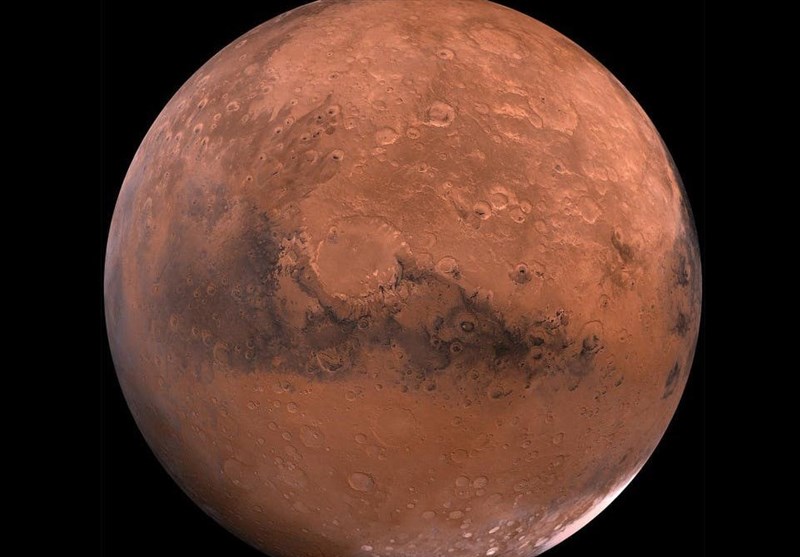Mars Simulation Could Reveal Secret of How It Formed
TEHRAN (Tasnim) – Researchers have simulated the interior of Mars for the first time, revealing details about the Red Planet’s seismic properties.
The scientists used seismic waves similar to hugely powerful sound waves and measured how quickly the waves passed through a molten iron sulphur alloy thought to be in the centre of the alien planet, The Independent reported.
“NASA's Insight probe is already on Mars collecting seismic readings,” said Keisuke Nishida, from the University of Tokyo, who led the study.
“However, even with the seismic data there was an important missing piece of information without which the data could not be interpreted. We needed to know the seismic properties of the iron-sulfur alloy thought to make up the core of Mars.”
The Insight probe is a lander that measures the planet’s “vital signs” such as its “pulse” (seismology), “temperature” (heat flow), and “reflexes” (precision tracking), NASA explains.
Previously, it has found activity of seismic quakes, called “Marsquakes”, which helps identify geologic layers in the planet.
“The exploration of the deep interiors of Earth, Mars and other planets is one of the great frontiers of science,” said Nishida. “It's fascinating partly because of the daunting scales involved, but also because of how we investigate them safely from the surface of the Earth.”
As part of the research, the scientists were able to calculate the seismic data that would be shown if Mars's core is made of an iron-sulphur alloy, or something else. Researchers now hope they can gather measurements from the red planet to compare, and so understand the truth of the inside of the planet, and whether it is made as scientists expect.
“If it isn't, that will tell us something of Mars' origins. For example, if Mars' core includes silicon and oxygen, it suggests that, like the Earth, Mars suffered a huge impact event as it formed. So, what is Mars made of and how was it formed? I think we are about to find out.” Nishida said.
Simulations of Mars allow for research on its structure and details, without travelling the up to 400 million kilometres between us and the planet.
The Earth and Mars were both formed approximately 4.6 billion years ago, and therefore comparisons between their cores can provide vital information about how they were formed – especially as the two planets are so strikingly different.






